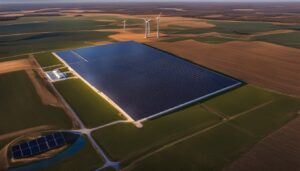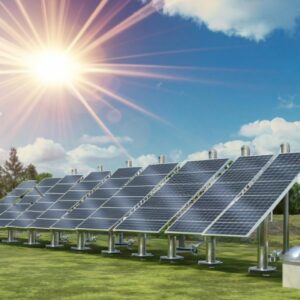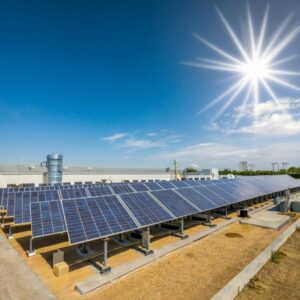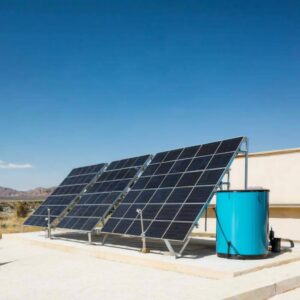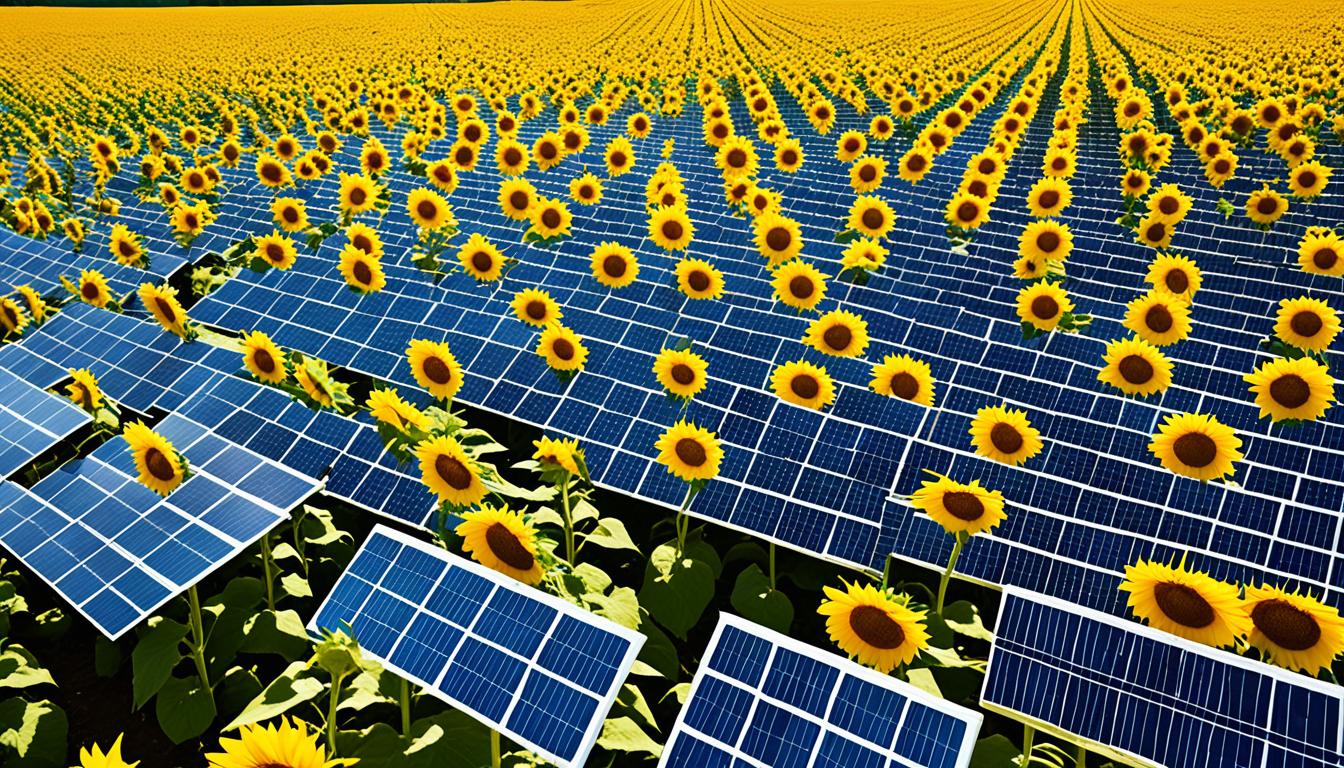
I am thrilled to introduce you to the world of bright solar energy, an incredible source of renewable power that is revolutionizing how we meet our electricity needs. With the pressing challenges of climate change and the need for sustainable solutions, solar energy emerges as a beacon of hope, offering clean and abundant power for a brighter future.
According to experts at “First source,” solar energy is the most abundant source of clean energy on Earth. It has the remarkable potential to meet the world’s electricity demand multiple times over, making it a key player in our transition towards a sustainable and carbon-neutral future. The advancements in solar technology, as highlighted by “Second source,” have made solar power increasingly efficient and cost-effective, driving rapid growth in solar installations across the United States.
In states like California, Texas, and Florida, solar capacity is burgeoning, paving the way for a cleaner and brighter energy landscape. With every solar installation, we take a step closer to reducing our dependence on fossil fuels and embracing renewable power solutions that safeguard our planet and future generations.
Key Takeaways:
- Bright solar energy is a renewable power source that offers sustainable and clean electricity.
- Solar energy is the most abundant source of clean energy on Earth.
- Advancements in solar technology have made it increasingly efficient and cost-effective.
- Solar installations are rapidly growing across the United States, with states like California, Texas, and Florida leading the way.
- Solar power is crucial in our journey towards a sustainable and carbon-neutral future.
Harnessing the Power of the Sun
Solar energy is a versatile and sustainable source of power that can be harnessed through two main methods: photovoltaic (PV) panels and concentrated solar power (CSP) systems.
Photovoltaic panels (PV) directly convert sunlight into electricity using semiconducting materials. As sunlight strikes the PV panels, it stimulates the electrons in the semiconducting material, creating an electric current. The efficiency of PV panels has significantly improved in recent years, making solar power a viable and cost-effective option for residential and commercial applications.
Concentrated solar power (CSP) systems, on the other hand, use mirrors or lenses to concentrate sunlight onto a small area, generating intense heat. This heat can then be used to produce steam, which drives a turbine to generate electricity. CSP systems are particularly effective in areas with high solar radiation, such as deserts, and they can store excess energy for use when the sun is not shining, ensuring a continuous power supply.
Both PV panels and CSP systems play a crucial role in harnessing the power of the sun for clean and sustainable energy generation. PV panels are suitable for a wide range of applications, from individual homes to large-scale solar farms, while CSP systems are ideal for areas with ample sunlight and the need for energy storage.
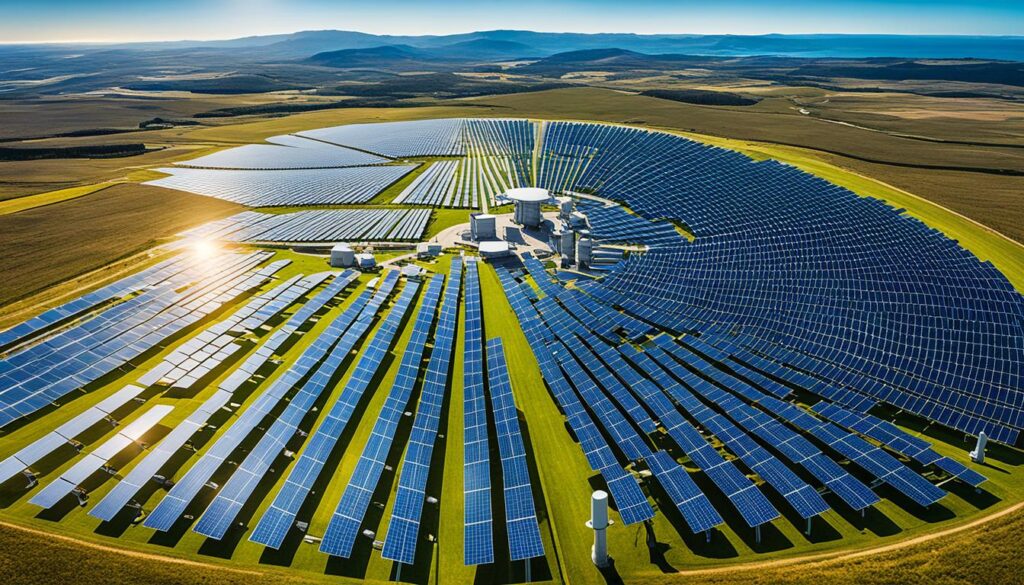
Solar Power’s Impact on the Environment
The adoption of bright solar energy has significant environmental benefits. As a clean energy source, solar power produces zero greenhouse gas emissions during operation, helping to mitigate climate change and reduce air pollution. According to a study by “First source,” widespread use of solar energy has the potential to offset millions of tons of CO2 emissions annually.
“Solar power is a key player in the transition towards a sustainable and carbon-neutral future.”
Solar installations also have a much smaller environmental footprint compared to conventional power plants. They reduce habitat destruction and water usage, contributing to the preservation of our ecosystems. Urban areas, in particular, can benefit from solar energy integration as it can be seamlessly incorporated into existing structures, reducing the strain on the electrical grid.
Transitioning to solar power is a crucial step in achieving a carbon-neutral future and ensuring a sustainable planet for future generations. By harnessing clean energy and reducing emissions, we can make a positive impact on the environment and create a brighter future for all.
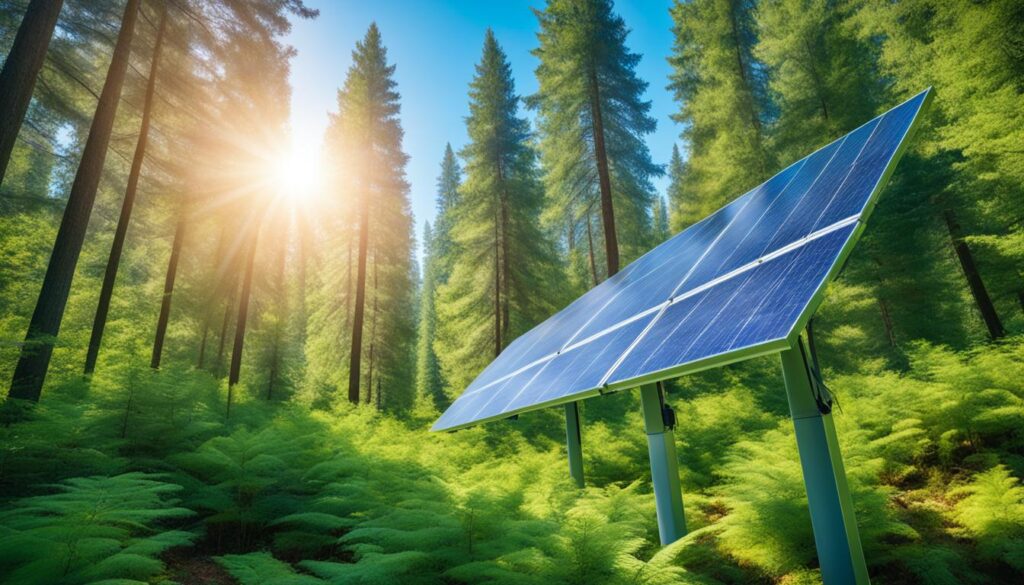
Advantages of Solar Power for the Environment:
| Benefit | Description |
|---|---|
| Reduces Greenhouse Gas Emissions | Solar power produces zero emissions during operation, helping to mitigate climate change. |
| Minimal Environmental Footprint | Solar installations have a smaller impact on the environment compared to conventional power plants, reducing habitat destruction and conserving water resources. |
| Integration in Urban Areas | Solar energy can be integrated into existing structures, reducing strain on the electrical grid and providing clean power to urban areas. |
Conclusion
Bright solar energy offers a game-changing solution to our energy needs, providing a reliable and sustainable alternative to fossil fuels. With the continuous advancements in solar technology and the decreasing costs of solar installations, we have witnessed a rapid increase in clean power across the United States. Homes, businesses, and communities are embracing solar energy, contributing to a more sustainable and environmentally friendly future.
The transition towards renewable energy sources, like solar power, is vital in combating climate change and ensuring a sustainable future. Solar installations have a significant impact on reducing greenhouse gas emissions and improving air quality. Furthermore, the small environmental footprint of solar power plants compared to conventional power plants helps to conserve habitats and minimize water usage.
By embracing bright solar energy, we are not only harnessing the power of the sun but also paving the way for a brighter future. A future where clean and renewable power illuminates our lives, providing us with a sustainable energy source for generations to come. Let’s continue to support and invest in renewable energy, working together towards a more sustainable and environmentally conscious world.
FAQ
What is bright solar energy?
Bright solar energy refers to the harnessing and utilization of solar power, which is a sustainable and renewable source of energy derived from the sun’s radiation. It is considered a clean energy source that offers an environmentally friendly alternative to fossil fuels.
How is solar energy harnessed?
Solar energy is harnessed through two main methods: photovoltaic (PV) panels and concentrated solar power (CSP) systems. PV panels directly convert sunlight into electricity using semiconducting materials, while CSP systems use mirrors or lenses to concentrate sunlight onto a small area, producing heat that can be used to generate electricity.
Is solar power cost-effective?
Yes, solar power has become increasingly cost-effective in recent years. The efficiency of photovoltaic panels has significantly improved, making solar installations a viable and economical option for both residential and commercial applications. The decreasing costs and advancements in technology have contributed to the rapid growth of solar installations across the United States.
What are the environmental benefits of solar power?
Solar power offers significant environmental benefits. As a clean energy source, it produces zero greenhouse gas emissions during operation, helping to mitigate climate change and reduce air pollution. The widespread use of solar energy has the potential to offset millions of tons of CO2 emissions annually. Additionally, solar installations have a smaller environmental footprint compared to conventional power plants, reducing habitat destruction and water usage.
How does solar power contribute to a sustainable future?
Solar power plays a crucial role in transitioning towards a sustainable future. By embracing renewable energy sources like solar power, we reduce our reliance on finite fossil fuels and promote the utilization of clean and sustainable alternatives. Solar installations provide clean power to homes, businesses, and communities, helping to combat climate change and create a brighter future for generations to come.


